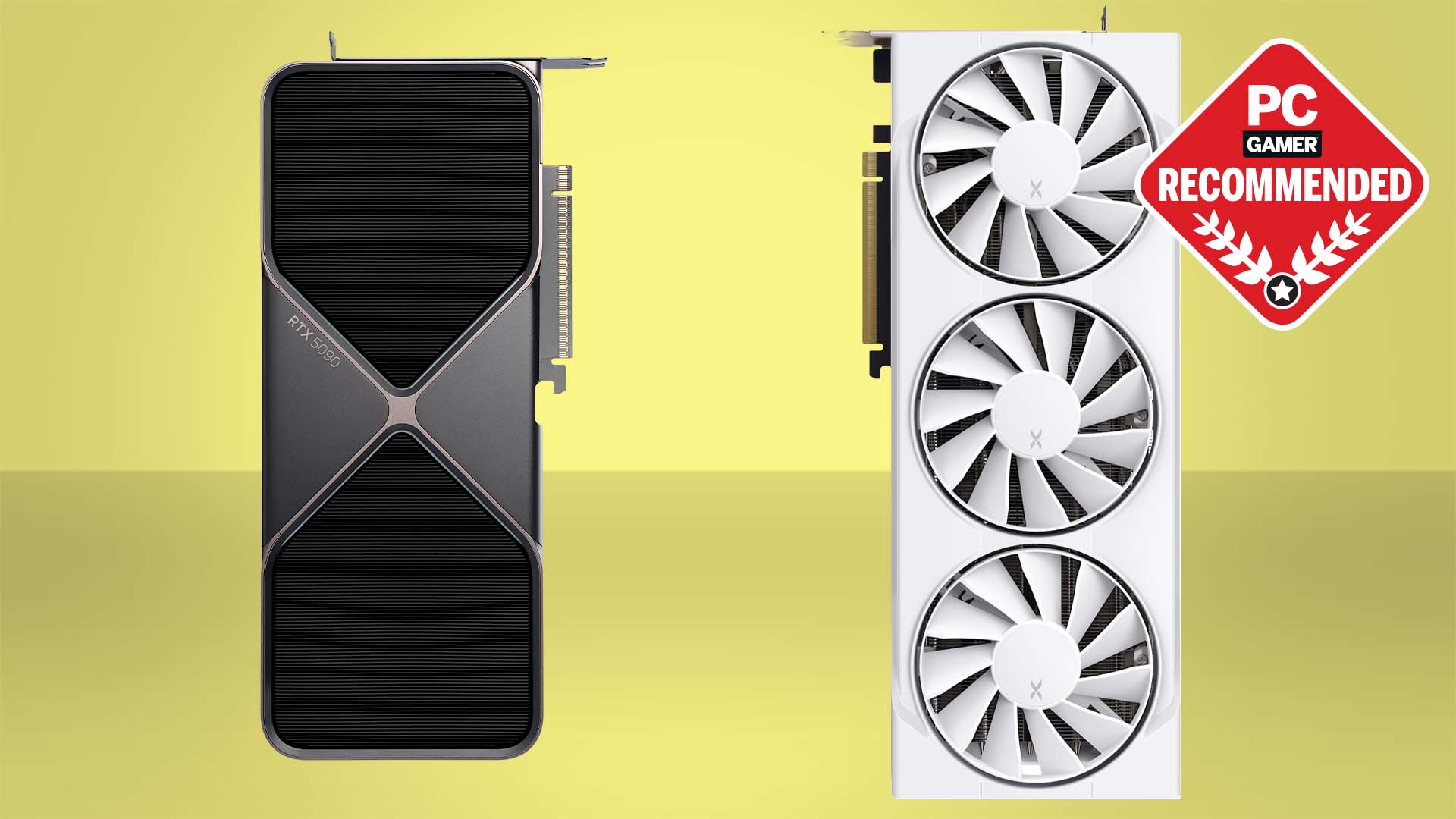USB inventor explains why the connector was not designed to be reversible
Someday we'll look back and laugh (or cry) at our early USB struggles.

I learned a long time ago that it takes three licks to get to the Tootsie Roll center of a Tootsie Pop, because commercial breaks during Saturday morning cartoons told me so. Sometime later, I also learned that "three" is usually the magic number for correctly plugging in a USB Type-A device. It's a maddening dance and it begs the question, why wasn't the Universal Serial Bus designed with a reversible connector from the outset?
It is the most frustrating downside to one of the greatest inventions of all time. Sure, the apparent oversight was rectified with the more recent introduction of USB Type-C, but it doesn't matter for the millions of existing USB Type-A devices and ports that are in widespread use today.
Ajay Bhatt, widely considered the inventor of USB (he led the team at Intel that created the protocol), admitted to NPR that "the biggest annoyance is reversibility." However, he defends the design decision.
Making USB reversible to begin with would have necessitated twice as many wires and twice as many circuits, and would have doubled the cost. Bhatt says his team was aware at the time of the frustration that a rectangular design could have, versus a round connector. But in an effort to keep it as cheap as possible, the decision was made to go with a design that, in theory, would give users a 50/50 chance of plugging it in correctly (you can up the odds by looking at the inside first, or identifying the logo).
"In hindsight, based on all the experiences that we all had, of course it was not as easy as it should be," Bhatt added.
So the short answer is cost, though there is a bit more to it. While we take for granted that USB is everywhere these days, convincing major PC makers to adopt the spec was not a given, or even an easy task.
"It took us some time to prove that this technology is indispensable," Bhatt said.
Keep up to date with the most important stories and the best deals, as picked by the PC Gamer team.
Incidentally, the late Steve Jobs deserves a tip-of-the-hat for helping USB become a long-lasting standard. It was in 1998 that USB made some real headway, courtesy of the iMac G3, the first computer to ship with only USB ports for external devices (there were no serial or parallel ports). That came three years after USB 1.0 debuted, with a data rate of 12Mbps.
USB flash drives arrived in 2000, the same year that USB 2.0 arrived with data transfer rates of 480Mbps. Now around two decades later, we're on the cusp of USB4, which will only operate over the Type-C connector.
Paul has been playing PC games and raking his knuckles on computer hardware since the Commodore 64. He does not have any tattoos, but thinks it would be cool to get one that reads LOAD"*",8,1. In his off time, he rides motorcycles and wrestles alligators (only one of those is true).


